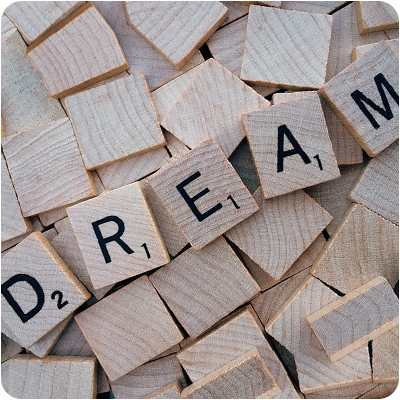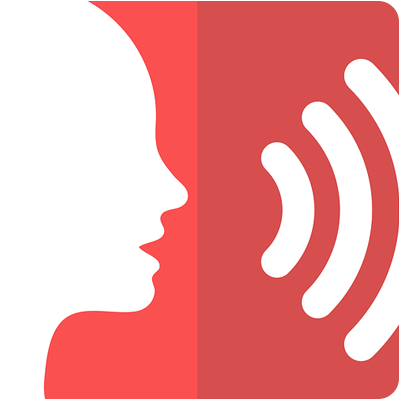Het arrangement 8.2 In your dreams - kgt34 is gemaakt met Wikiwijs van Kennisnet. Wikiwijs is hét onderwijsplatform waar je leermiddelen zoekt, maakt en deelt.
- Auteur
- Laatst gewijzigd
- 11-05-2025 10:42:13
- Licentie
-
Dit lesmateriaal is gepubliceerd onder de Creative Commons Naamsvermelding-GelijkDelen 4.0 Internationale licentie. Dit houdt in dat je onder de voorwaarde van naamsvermelding en publicatie onder dezelfde licentie vrij bent om:
- het werk te delen - te kopiëren, te verspreiden en door te geven via elk medium of bestandsformaat
- het werk te bewerken - te remixen, te veranderen en afgeleide werken te maken
- voor alle doeleinden, inclusief commerciële doeleinden.
Meer informatie over de CC Naamsvermelding-GelijkDelen 4.0 Internationale licentie.
Aanvullende informatie over dit lesmateriaal
Van dit lesmateriaal is de volgende aanvullende informatie beschikbaar:
- Toelichting
- Deze les valt onder de arrangeerbare leerlijn van de Stercollecties voor Engels voor vmbo kgt, leerjaar 3 en 4. Dit is thema 8 'Dreams'. Het onderwerp van deze les is: In your dreams. Deze les staat in het teken van dromen en voornamelijk hoe er vroeger over gedacht werd en wat onderzoek er tegenwoordig over zegt. De onregelmatige werkwoorden in deze les zijn: to tear, to tell en to think. In de grammaticaopdracht wordt de 'conditionals' behandeld.
- Leerniveau
- VMBO gemengde leerweg, 3; VMBO theoretische leerweg, 4; VMBO theoretische leerweg, 3; VMBO kaderberoepsgerichte leerweg, 4; VMBO gemengde leerweg, 4; VMBO kaderberoepsgerichte leerweg, 3;
- Leerinhoud en doelen
- Engels;
- Eindgebruiker
- leerling/student
- Moeilijkheidsgraad
- gemiddeld
- Studiebelasting
- 1 uur 40 minuten
- Trefwoorden
- arrangeerbaar, conditionals, droomgeschiedenis, engels, in your dreams, kgt34, onderzoek, stercollectie, wetenschap
Gebruikte Wikiwijs Arrangementen
VO-content Engels. (2020).
8.1 Sleeping and dreaming - kgt34
https://maken.wikiwijs.nl/155599/8_1_Sleeping_and_dreaming___kgt34

 Het onderwerp van dit blok is de betekenis van dromen.
Het onderwerp van dit blok is de betekenis van dromen.











